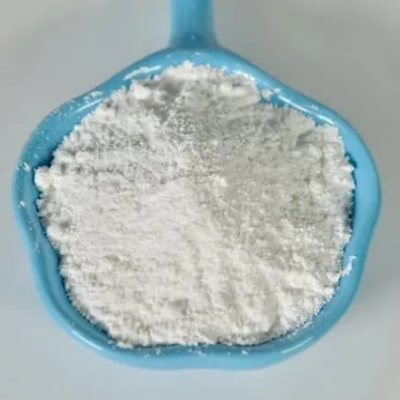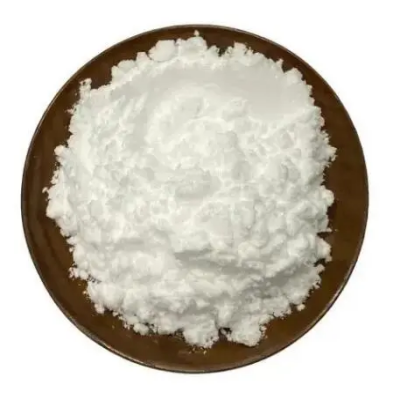(6-aMinopyridin-2-yl)(1-Methylpiperidin-4-yl)Methanone CAS:613678-03-8
Aminopyridine methylpiperidone showcases notable structural characteristics: Pyridine Ring: The presence of an amino-substituted pyridine ring provides aromatic stability and influences its electronic properties, essential for molecular interactions. Methylpiperidone Moiety: Central to its structure, the methylpiperidone group enhances solubility and influences its pharmacokinetic behavior. Ketone Functionality: Positioned at the terminus of the structure, the ketone group offers opportunities for chemical modifications and interactions with biological targets. Chemical Applications The compound exhibits broad utility across diverse chemical contexts: Medicinal Chemistry: Serves as a scaffold for designing analogs with potential pharmaceutical applications, particularly in neurological disorders and other therapeutic areas. Drug Development: Utilized in the synthesis of novel therapeutics due to its structural adaptability and ability to modulate biological activities. Biological Assays: Employed in biochemical assays to investigate receptor binding and enzymatic inhibition, facilitating drug discovery endeavors. Pharmacological Potential Research into its pharmacological properties suggests several potential applications: Neurological Disorders: The combination of the methylpiperidone structure and aminopyridine ring enhances its potential as a central nervous system (CNS) agent, relevant for treatments targeting pain management or neurodegenerative diseases. Antimicrobial Activity: The amino and ketone functionalities may confer antimicrobial properties, making it a candidate for research against infectious diseases. Metabolic Stability: Structural features influence metabolic pathways and bioavailability, crucial for optimizing drug efficacy and safety profiles. Future Directions Future research directions for aminopyridine methylpiperidone include: Structure-Activity Relationships: Further exploration of structural modifications to enhance specific pharmacological activities and minimize off-target effects. Formulation Development: Investigation of formulation strategies to improve solubility and bioavailability, enhancing its clinical utility. Toxicological Studies: Comprehensive assessment of its safety profile and potential side effects to ensure suitability for clinical applications and environmental impact. Conclusion In conclusion, aminopyridine methylpiperidone emerges as a versatile compound in medicinal chemistry, owing to its unique structural attributes and pharmacological diversity. Its potential in drug discovery and development underscores opportunities for creating targeted therapeutics across various therapeutic areas. Continued research into its synthesis methodologies, pharmacological effects, and broader applications promises to reveal further capabilities, consolidating its significance in modern pharmaceutical research and therapeutic innovation.



| Composition | C12H17N3O |
| Assay | 99% |
| Appearance | white powder |
| CAS No. | 613678-03-8 |
| Packing | Small and bulk |
| Shelf Life | 2 years |
| Storage | Store in cool and dry area |
| Certification | ISO. |





![tert-Butyl 5-nitro-2-oxospiro[indoline-3,4'-piperidine]-1′-carboxylate CAS:2089301-60-8](https://cdn.globalso.com/xindaobiotech/@LXIVIBPRLO53RUL5FBL7H783.png)



